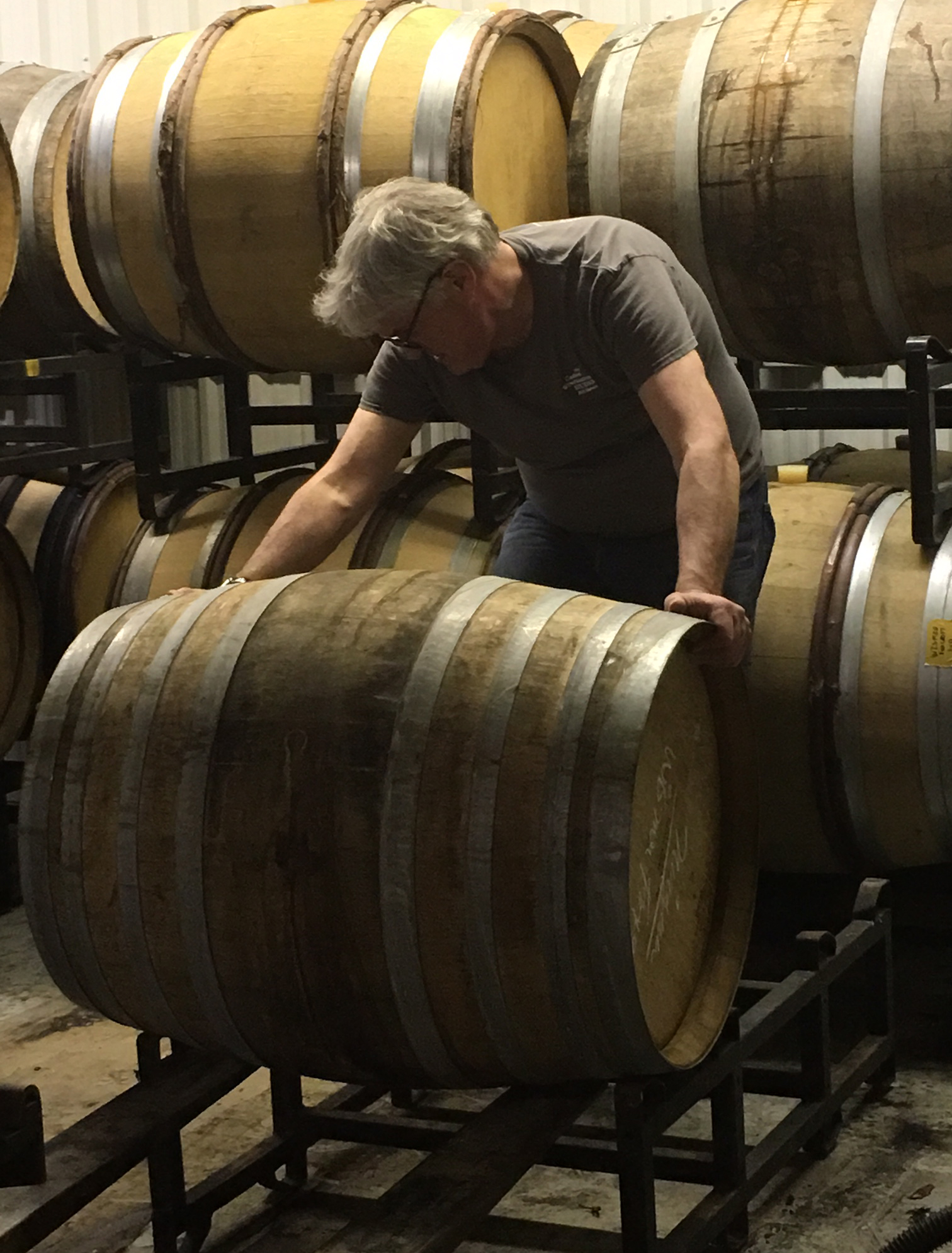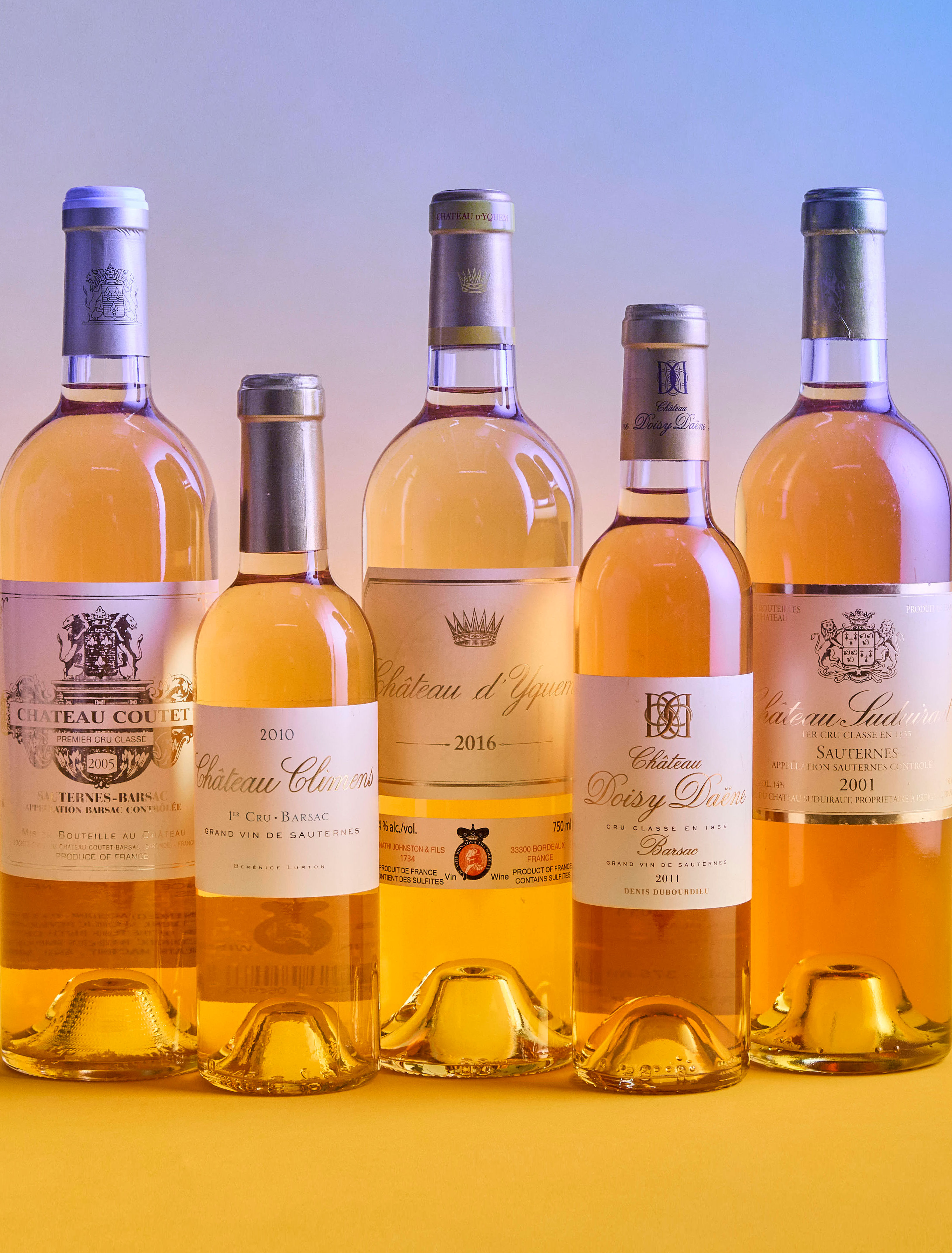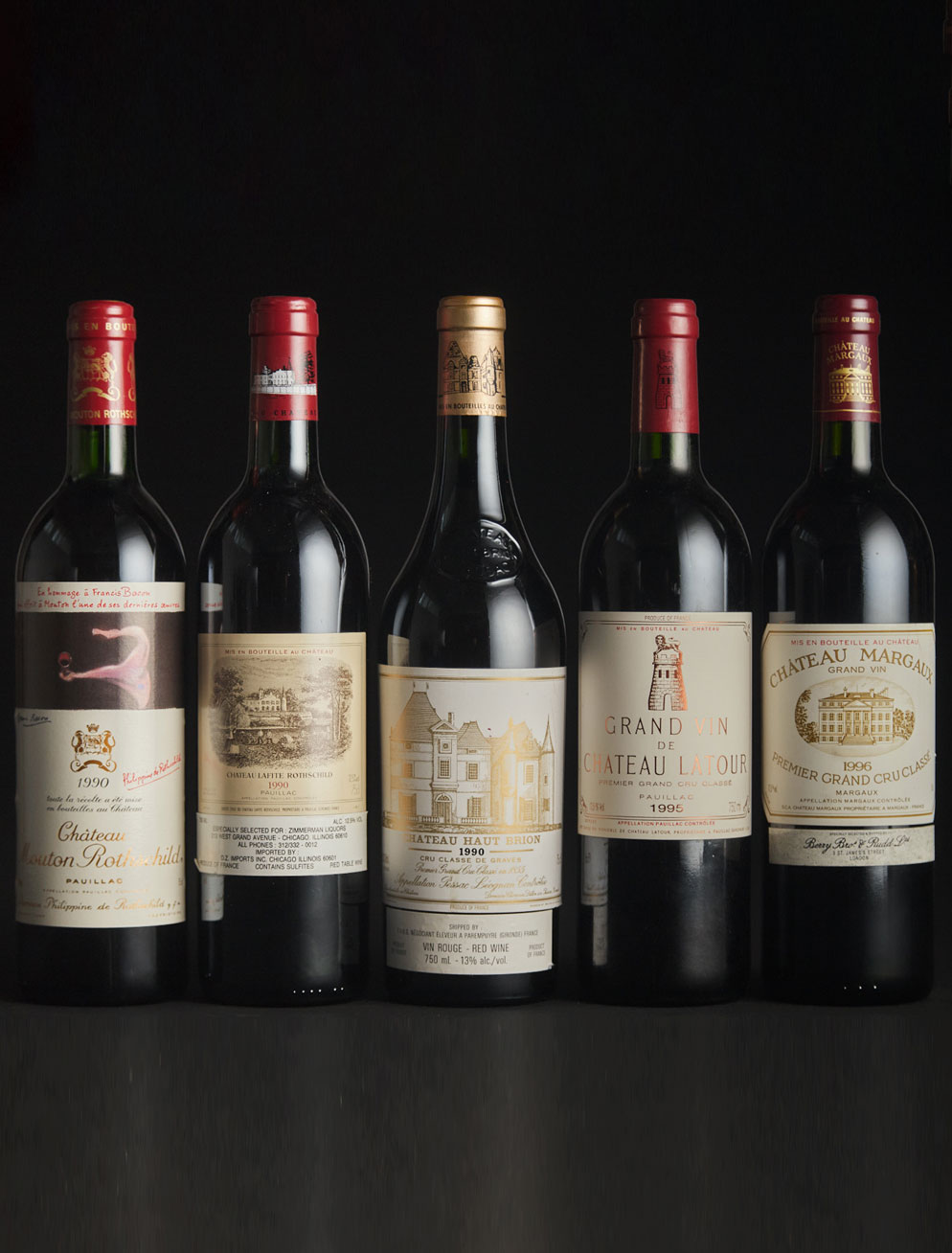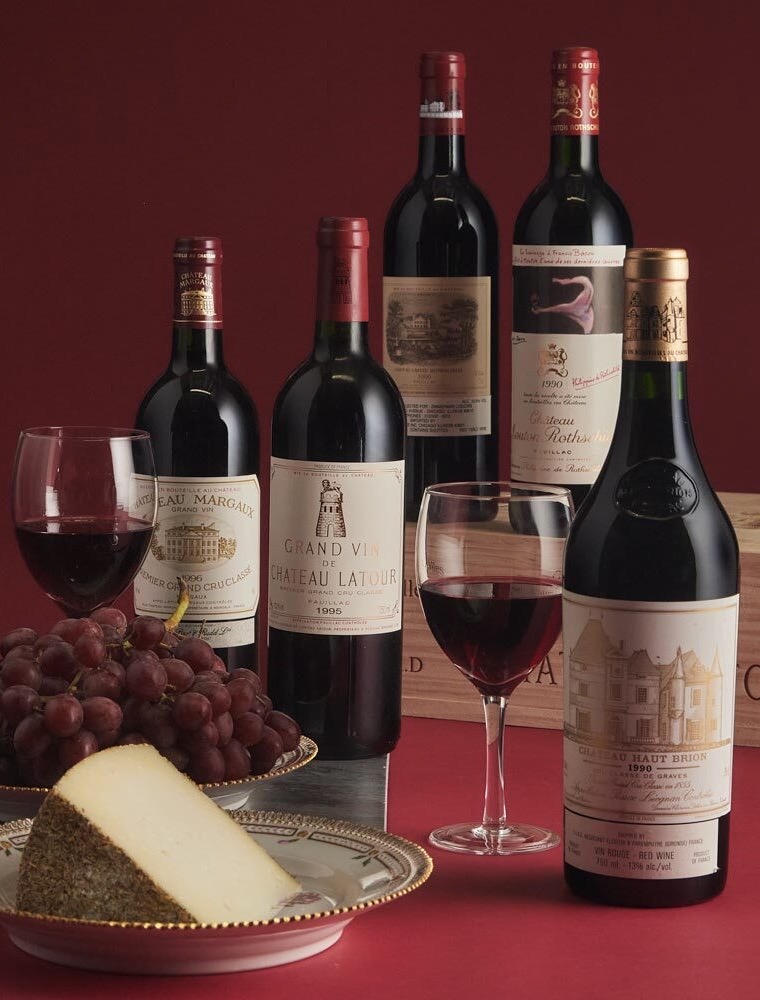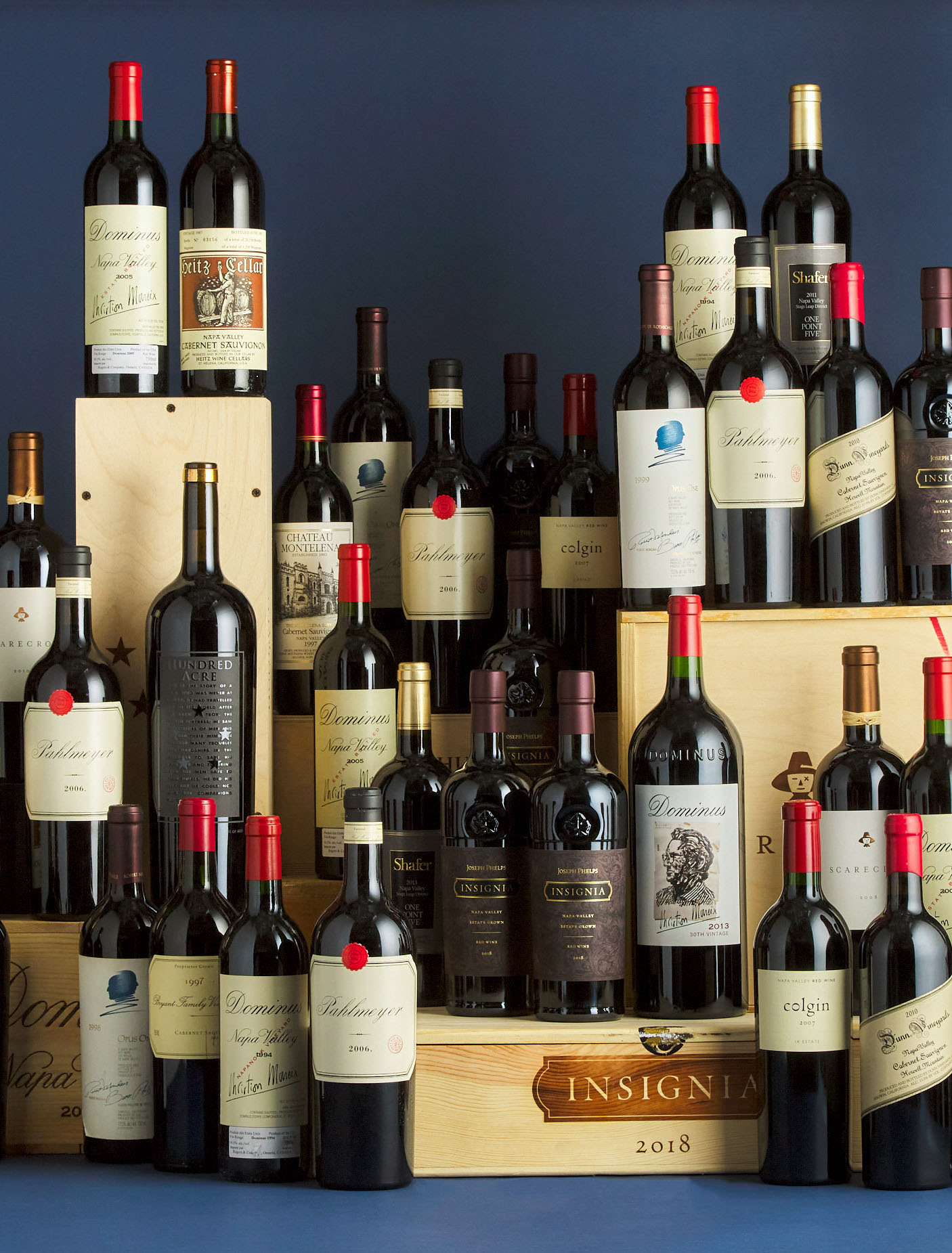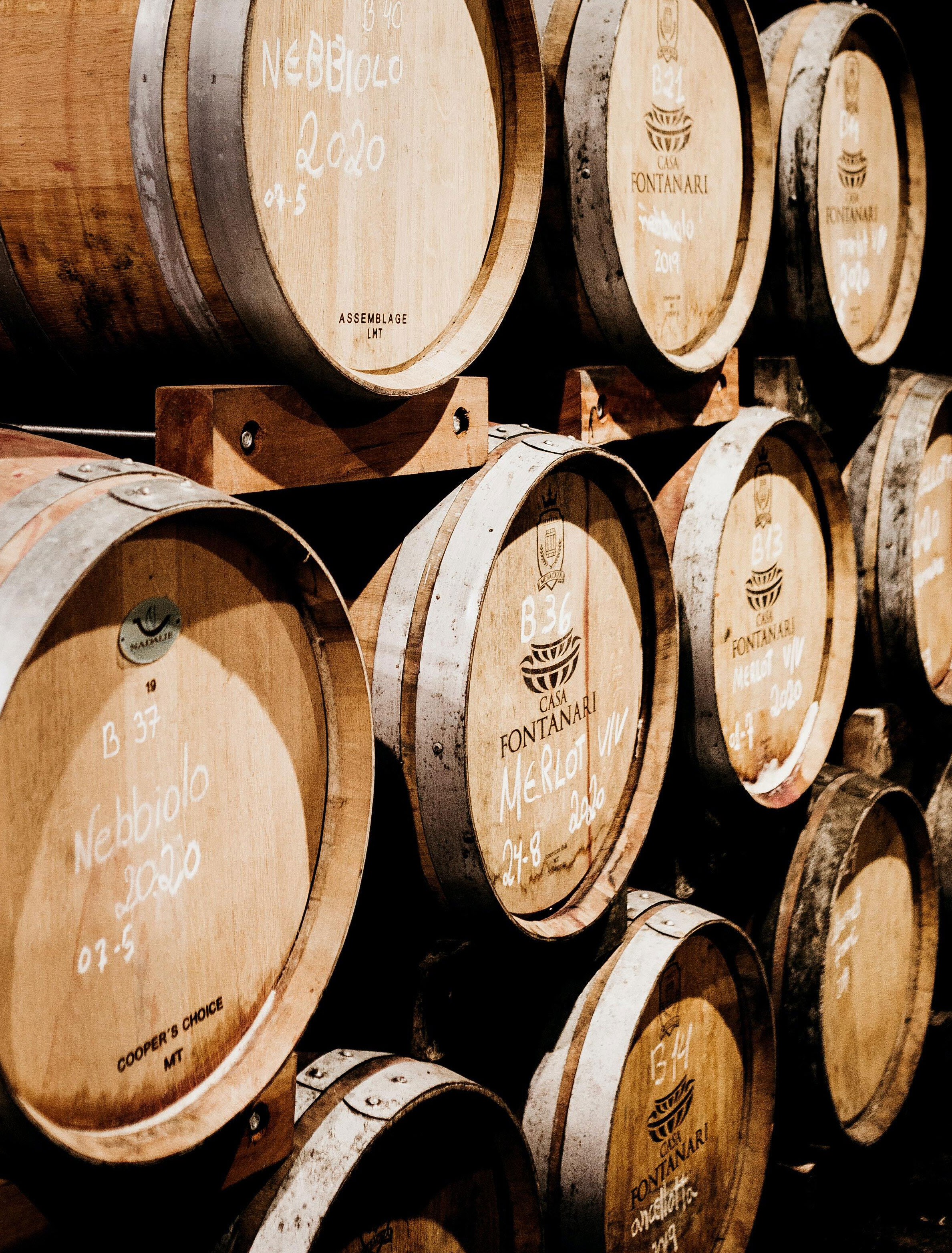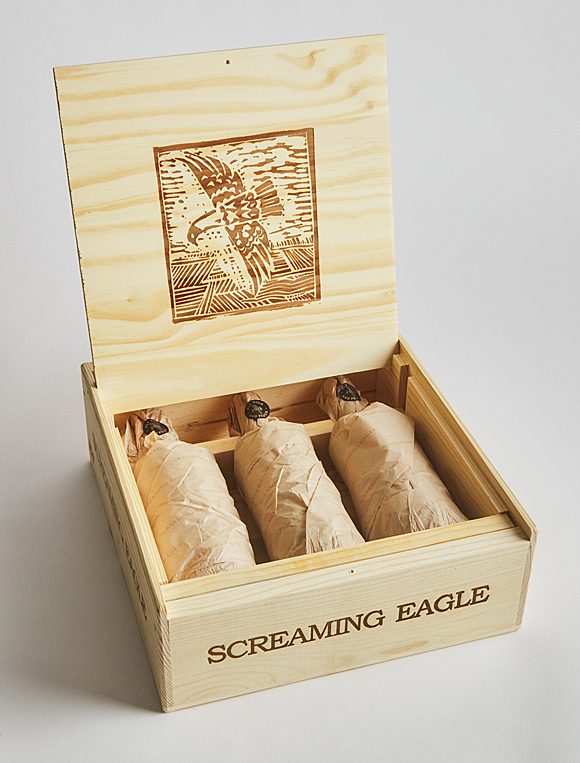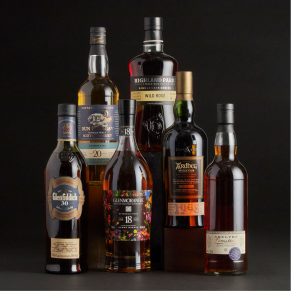
Scotland is home to over 100 whisky distilleries, which produce an incredibly diverse range of expressions, from briny malts to gentle drams. At the turn of the 20th century, Scotland formally recognized five whisky regions: Highlands, Speyside, Lowlands, Campbeltown, and Islay. Today, many insiders also consider the Islands as an unofficial sixth region.
The products from each of the six whisky regions are the result of distinct geographical conditions, microclimates and traditions. However, there are no non-geographic requirements for the whiskies produced in a specific region and distillers work with their own inimitable processes and styles to create distinctive expressions. Similar to no two wines from the same wine region tasting alike, no two whiskies in the same area are identical. Regional style guides should be considered a lens through which to think about whisky, rather than viewing the expressions as having a strict set of rules.
Below we explore the six whisky regions and their characteristics—how many have you tried?
Speyside:
Number of Distilleries: 50
Typical Flavours: Fruity with light to no peat, look for notes of apple, pear, oak, honey, vanilla and spice
Notable names: The Macallan, Glenlivet, Glenfiddich, Dalwhinnie, The Balvenie
Geography: Lush glens, rolling hills and pine forests bisected by the River Spey
If whisky had a downtown, Speyside would be Main Street. The most extensive and densely populated whisky region in the world, Speyside is home to more than half the distilleries in Scotland. This area accounts for more than 60% of Scotland’s whole single malt production, all within an area no larger than 15 miles wide. Speyside is home to Glenfiddich, the bestselling brand of whisky globally, as well as other household names including The Macallan and Glenlivet. Together, these three distilleries produce around one-third of the entire single malt market.
Speyside takes its name from the River Spey. Numerous distilleries cluster on the river’s banks and draw water directly from the source. Located in the lower northeast corner of the Highlands between Inverness and Aberdeen, Speyside is technically a subregion of the Highlands, meaning that distilleries in Speyside can choose which whisky region to use on their labels.
Speyside whisky is often matured in sherry casks, which is key to the region’s style. Over the decades, the Speyside profile has evolved from robust and peaty to a sweeter, lighter product, reflecting consumer tastes. Speyside whiskies are often cited as a great entry point for novice drinkers and collectors, due to their mild profile.
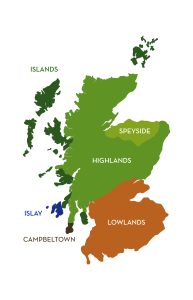
Highlands:
Number of Distilleries: 47
Typical Flavours: Varies widely, from full-bodied, rich, and sweet to lighter, drier, and fruitier
Notable names: Glenmorangie, Dalmore, Oban, Ardmore, Dalwhinnie
Geography: Diverse, including glens, lochs, mountains, and coast
Technically speaking, both Speyside and Island whiskies (excluding Islay) can be included in the Highland territory. Even excluding those two regions, the Highlands area encompasses the most territory of any of Scotland’s whisky regions, spanning from the northwest of Glasgow to the Northern islands. Again excluding Speyside and the Islands, the Highlands creates some 25% of Scotland’s whisky.
Because of this great geographical range, Highlands whisky is hard to categorize stylistically and varies widely. Some prefer to look at the region as four subregions: north, east, south, and west. The north makes rich, fuller-bodied cereal-sweet single malts like Glenmorangie and Dalmore. The east tends towards a lighter, drier, fruitier style that has something in common with Lowland whiskies, exemplified by Glendronach. The south is similar in style to the east, though with a touch less body, typified by Aberfeldy. The west part of the Highlands makes fuller bodied, smokier and peatier expressions with a resemblance to Islay malts, exemplified by Oban.
Historically, the Highlands style was richer and heavier than Lowlands whiskies, as Highlands whisky was made in smaller stills. The comparatively smaller still was a response to the relative scarcity of barley in the Highlands—while Lowlands distillers could produce large volumes of spirit due to abundant crops, Highland distillers only required smaller stills. Smaller stills produce condensed, richer flavours. Even compared with Speyside, Highland whiskies are more robust, intense and spicy.
Lowlands
Number of Distilleries: 18
Typical Flavours: Light, sweet and elegant with no peat. Floral notes like honeysuckle, grass, cream, ginger, toffee, toasted bread, cinnamon
Notable names: Auchentoshan, Glenkinchie, Annandale, Ailsa Bay, Rosebank
Geography: Rolling countryside and fertile farmland formed of sedimentary rock like sandstone and clay
Located in the southernmost part of Scotland, in the basins of the River Clyde and the River Forth, Lowlands is the second biggest whisky region geographically. Dividing the Highlands from the Lowlands is an old county border which follows the Clyde estuary in the west to the River Tay in the east. Covering a region from the south of Scotland up to the north of Glasgow and Edinburgh, Lowlands is easy to visit due to its proximity to Glasgow and Edinburgh. Though it is home to only a handful of distilleries, more and more distilleries are being founded or reopened.
Soft and gentle, Lowlands whiskies were historically triple-distilled instead of double-distilled, making them analogous with Irish whiskeys. Today, only a few distilleries, of which Auchentoshan is one, continue this practice. This whisky region is also known for its use of coal instead of peat—the Lowlands used to be the epicentre of Scotland’s coal industry—which contributed to the lighter, more floral Lowlands expression. Much of the whisky produced in the Lowlands is used in blends, due to its easy-going flavour profile.
Campbeltown
Number of Distilleries: 3
Typical Flavours: Smoke, brine, dried fruit, vanilla, caramel
Notable names: Glengyle, Glen Scotia, Springbank
Geography: Rocky coastal terrain marked by few trees
The smallest of the six whisky regions, Campbeltown is located in the southwest of Scotland, at the foot of the Kintyre peninsula in west Argyll, bordered by the Atlantic. Once considered the ‘Whisky Capital of the World,’ Campbeltown was home to over 34 distilleries in its heyday during the early to mid-19th century. Located in an advantageous location, out of sight of customs officers and well situated to export its wares across the Atlantic, Campbeltown flourished. As the century passed, Campbeltown distillers began to cut corners in their production, resulting in an inferior product. Combined with poor economic development, changing tastes, Prohibition and the Great Depression, Campbeltown’s once-thriving industry collapsed. By the 1930s, only two distilleries, Glen Scotia and Springbank, remained in existence. Glengyle, which was founded in 1872, was reopened in 2004, bringing the total up to three.
Though the three distilleries produce distinctive expressions, they are collectively known for oily, briny and smoky flavours reflective of Campbeltown’s coastal setting. A lack of trees on the Mull of Kintyre means that peat is the fuel of choice, adding to the robust and smoky profile of the region’s whiskies.
Islay
Number of Distilleries: 9
Typical Flavours: Seaweed, brine, peat, smoke, carbolic soap, apple, and kippers
Notable names: Ardbeg, Laphroaig, Lagavulin, Bunnahabhain and Bruichladdich
Geography: Flat, and dominated by sphagnum peat bogs, which are formed by decomposing moss, which in turn can be burned for fuel
Though small in size, the island of Islay (pronounced “EYE-la”), located at the southernmost tip of the Hebrides archipelago off the western coast of Scotland, holds its own when it comes to delivering sought after expressions for both peated and non-peated Single Malt Whiskies. This small island, measuring only 620 square kilometres, is home to nine active and very popular distilleries.
Some historians believe that Islay was where distillation first took place in Scotland, having been imported from Ireland in the 13th century when the Lord of the Isles took the daughter of an Ulster Baron as his wife. Similar lore suggests it was the visiting Irish monks who brought and taught the locals to make whisky. Regardless of origin, these early pioneers discovered an abundance of raw materials perfectly suited to their needs: rich peat, good quality water, and barley crops—rare for an island ecosystem.
Islay is also famous for its “lost” distilleries, a term which refers to distilleries which were closed due to economic, political, or manufacturing problems, such as water shortages. Bottles from lost distilleries are coveted by collectors, owing to their scarcity as much as their mythology.
The typical Islay whisky differs very little from the fiery, peaty expressions made over the centuries on the island, and are among the strongest Scotch whiskies in existence. This style is epitomized by the “Kildaton” trio of distillers on Islay’s southeast coast – Ardbeg, Lagavulin and Laphroig – Kildaton referring to the parish in which they are located. That said, not all bottles from Islay are super smoky – Bunnahabhain and Bruichladdich on the northern coast typically skip the smoke and make unpeated whisky.
Islands
Number of Distilleries: Under 10
Typical Flavours: Brine, smoke, peat, oil, spice, black pepper, honey
Notable names: Arran (Arran), Highland Park (Orkney), Jura (Jura), Talisker (Skye), Tobermory (Mull), Isle of Raasay (Raasay)
Geography: Windswept and rugged islands in the Atlantic Ocean
The Islands are not formally recognised by the Scotch Whisky Association as one of the whisky regions, and are considered as a subcategory of the Highlands. That said, whisky connoisseurs often discuss them as being their own genre, due to their unique geography and flavour profile. Just be sure not to lump Islay into the Islands category—it’s definitely its own thing.
Scotland’s coastal region includes nearly 800 islands, which are scattered along the entire west and north coasts of Scotland. Only a few are inhabited, including Orkney, Jura, Arran, Mull, and Skye. While each island has its own set of flavour profiles, peated and full-bodied salty malts are the name of the game—unavoidable given the maritime terrain.
Talisker, located on the Isle of Skye, is currently the largest Island distillery in Scotland. New distilleries have been opening in the region as well.
About the auction:
Held online from September 4-12, our Fine Spirits Auction includes bottles from all 6 of the whisky regions, rare and unusual Macallans, including two from the Distil Your World Series (New York and London), and The Macallan Archival Series Folio 1. Other highlights include a large selection of Bourbons, rare Japanese whiskies, the collectable Rare Malt Selections Series with whiskies from closed distilleries, and two special lots of Blanton’s that showcase the name BLANTON’S on their top closures.
Please contact us for more information.
Related News
Meet the Specialists
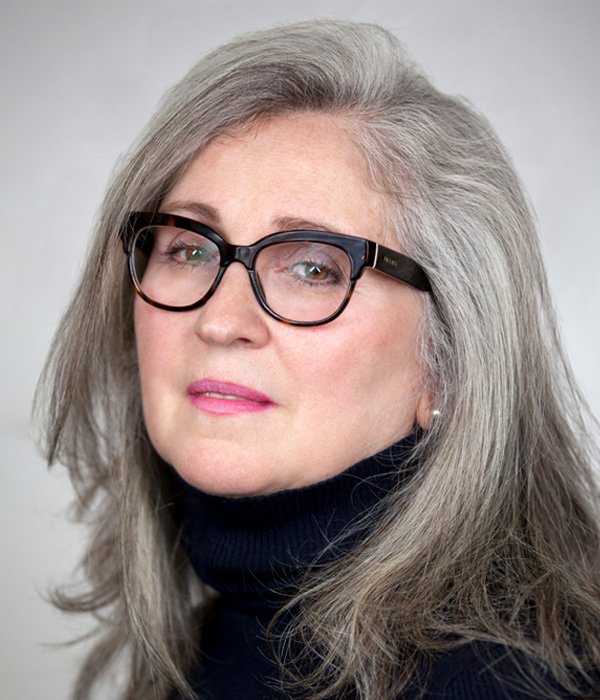
Joann Maplesden
Senior Specialist

Devin Hatfield
Specialist



